International
What could happen if Putin used nuclear weapons in Ukraine?
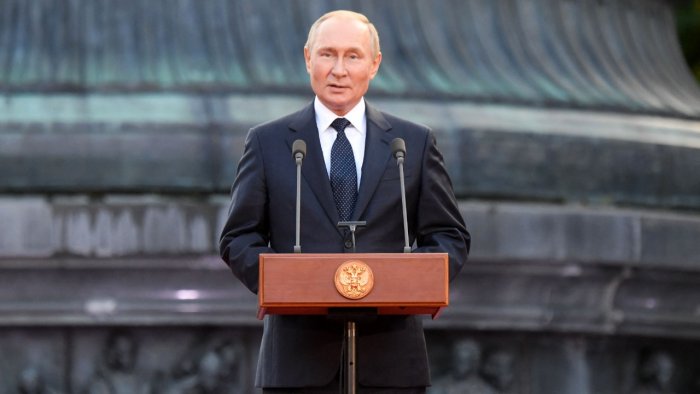
AFP | by Sylvie LANTEAUME and Paul HANDLEY
President Vladimir Putin’s threat to use a nuclear weapon in Ukraine if Russian “territorial integrity” is threatened has sparked deep discussion in the West as to how it would respond.
“Those who are trying to blackmail us with nuclear weapons should know that the wind can also turn in their direction,” Putin said, adding: “This is not a bluff.”
However analysts aren’t convinced the Russian president is willing to be the first to unleash nuclear weapons since the US bombed Japan in 1945.
AFP spoke with several experts and officials about the possible scenarios that could arise should Russia carry out a nuclear attack.
What would a Russian nuclear attack look like?
Analysts say Moscow would likely deploy one or more “tactical” or battlefield nuclear bombs.
These are small weapons, ranging from 0.3 kilotons to 100 kilotons of explosive power, compared to the 1.2 megatons of the largest US strategic warhead or the 58 megaton bomb Russia tested in 1961.
Tactical bombs are designed to have a limited impact on the battlefield, compared to strategic nuclear weapons which are designed to fight and win all-out wars.
But “small” and “limited” are relative: The atom bomb the US dropped on Hiroshima in 1945 to devastating effect was just 15 kilotons.
What would Moscow target?
Analysts say Russia’s goal in using a tactical nuclear bomb in Ukraine would be to frighten it into surrender or submission to negotiations, and to divide the country’s Western backers.
Mark Cancian, a military expert with the CSIS International Security Program in Washington, said Russia would not likely use nuclear weapons on the front lines.
Capturing 20 miles (32 kilometers) of territory could require 20 small nuclear bombs — small gains for the huge risks of introducing nuclear weapons and nuclear fallout.
“Just using one will not be enough,” Cancian said.
Moscow could instead send a strong message and avoid significant casualties by detonating a nuclear bomb over water, or exploding one high over Ukraine to generate an electromagnetic pulse that would knock out electronic equipment.
Or Putin could opt for greater destruction and death: attacking a Ukraine military base, or hitting an urban center like Kyiv, generating mass casualties and possibly killing the country’s political leadership.
Such scenarios “would likely be designed to split the NATO alliance and global consensus against Putin,” Jon Wolfsthal, a former white House nuclear policy expert, wrote Friday on Substack.
But “it is unclear if it would succeed, and could just as easily be seen as desperation as resolve,” he said.
Should the West respond with nukes?
The West has remained ambiguous on how it would respond to a tactical nuclear strike, and the choices are complicated.
The United States and NATO do not want to appear weak in front of an implicit nuclear threat.
But they also would want to avoid the possibility that the war in Ukraine — not a NATO member — could escalate into a much broader, devastating global nuclear war.
Experts say the West would have no option but to respond, and that a response should come from NATO as a group, rather than the United States alone.
Any response should “ensure both that Putin’s military situation did not improve from such a strike, and that his political, economic and personal position suffered as a result,” said Wolfsthal.
The United States has positioned about 100 of its own tactical nuclear weapons in NATO countries and could respond in kind against Russian forces.
That would demonstrate resolve and remind Moscow of the danger of its actions, according to Matthew Kroenig of the Atlantic Council.
However, he said, “it might also provoke a Russian nuclear reprisal, raising the risk of a larger nuclear exchange and further humanitarian disaster.”
Another risk is that some NATO members might reject a nuclear response, serving Putin’s aims of weakening the alliance.
Give Ukraine the ability to attack Russia?
Answering a Russian nuclear attack in a more conventional military or diplomatic way, and supplying Ukraine with more lethal arms to attack Russia, could be more effective, experts say.
“Russian nuclear use might provide an opening to convince countries that have so far been reluctant — such as India and possibly even China — to participate in escalating sanctions,” said Kroenig.
In addition, the United States could offer Ukraine NATO aircraft, Patriot and THAAD anti-missile batteries, and ATACMS long-range missiles that could be used by Ukraine forces to strike deep inside Russia.
“Whatever restrictions we have on Ukraine forces — and I think we have some restrictions — I think we take all of those off,” said Cancian.
Central America
Mexico and Guatemala launch joint security operation after Agua Zarca border attack
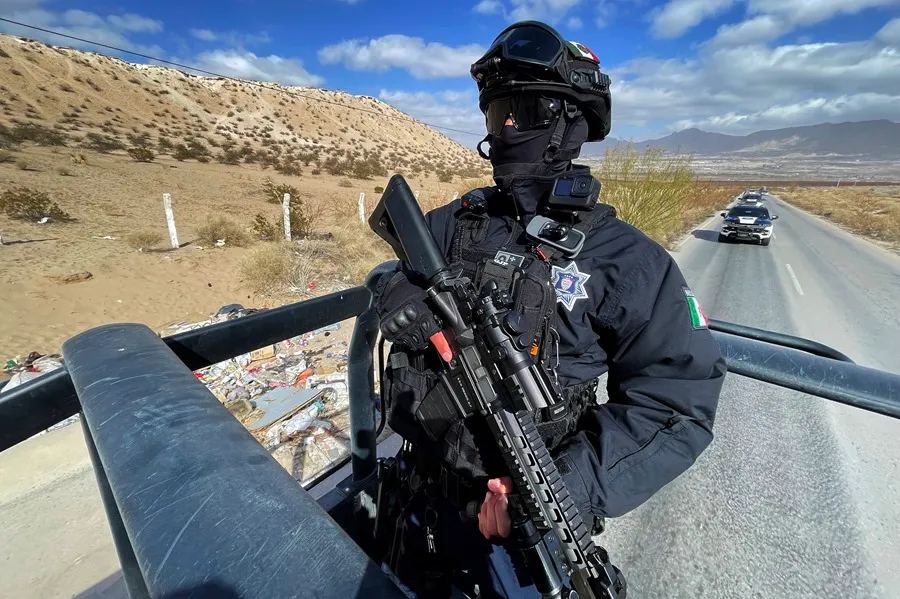
The Government of Mexico announced on Tuesday that it has strengthened coordination with Guatemala following an armed confrontation in the community of Agua Zarca, in Guatemala’s Huehuetenango department, where a soldier was wounded in an attack attributed to organized-crime groups operating on both sides of the border.
The Secretary of Security and Citizen Protection, Omar García Harfuch, confirmed that Mexico is exchanging information with Guatemalan authorities and that Mexican Army units have been deployed along the border to reinforce surveillance and assist in reconnaissance operations.
The attack, Guatemala’s Defense Ministry stated, reflects the “criminal dynamics” dominating that border region, where different groups compete for drug and arms trafficking routes.
According to Guatemala’s Defense Ministry, the clash left a soldier wounded in the leg after suspected criminals crossed from Mexico and opened fire. The wounded soldier is reportedly in stable condition. Authorities also seized high-caliber weapons, explosives, tactical gear and drones, which were handed over for forensic analysis.
Mexican Defense Secretary General Ricardo Trevilla Trejo announced that a coordinated plan of operations will be launched involving both Mexican and Guatemalan forces along the border to counter these criminal networks.
Harfuch emphasized that the violence is not isolated but symptomatic of the ongoing struggle between criminal organizations for territorial control, and reiterated Mexico’s commitment to bilateral security cooperation and its intention to strengthen institutional presence in vulnerable border zones.
International
Zelensky meets Pope Leo XIV as review of U.S. peace plan continues
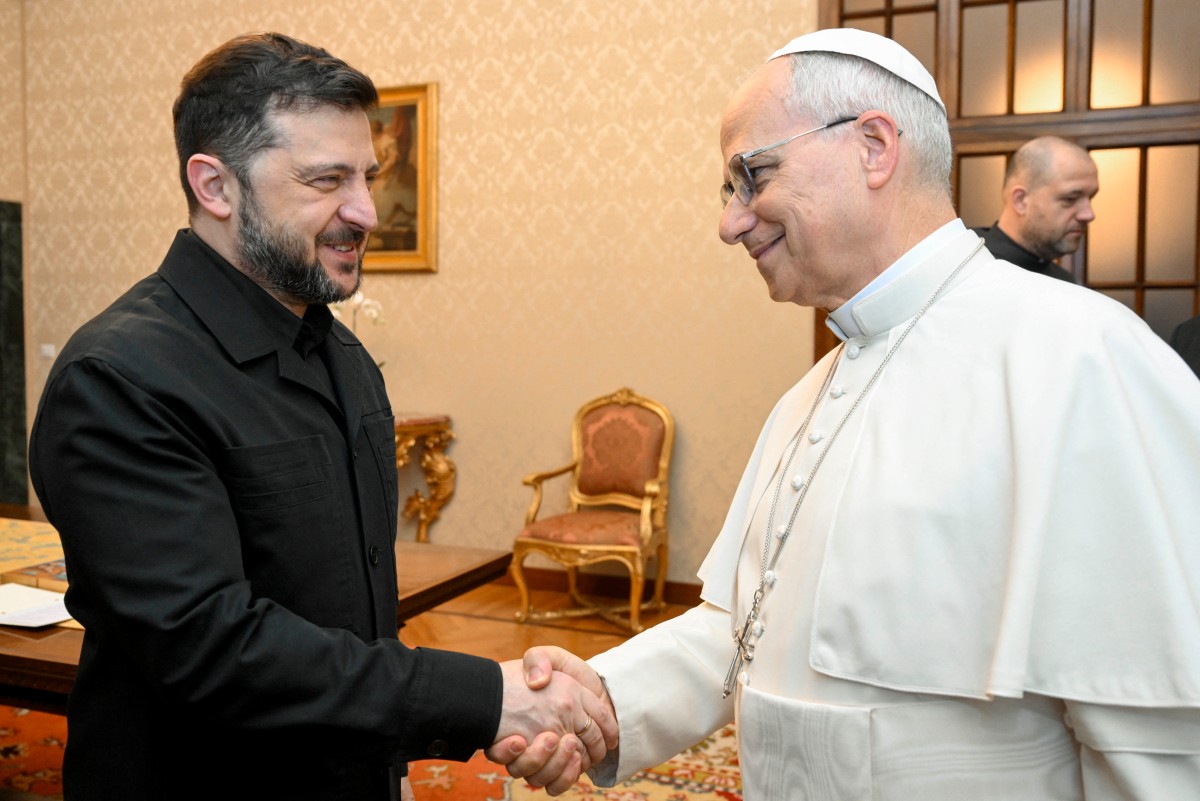
Ukrainian President Volodymyr Zelensky met on Tuesday with Pope Leo XIV in Italy, after pledging to deliver a response to the United States regarding the proposed peace plan aimed at ending the war with Russia.
The meeting with the pontiff took place at the papal residence in Castel Gandolfo, near Rome, where Leo XIV “reiterated the need to continue dialogue and renewed his urgent hope that the ongoing diplomatic initiatives may lead to a just and lasting peace,” the Vatican said in a statement.
His visit to Italy follows Monday’s meetings with European leaders in London and Brussels, amid pressure from U.S. President Donald Trump to agree to a peace plan that Zelensky said he is still reviewing.
According to Zelensky, the plan presented by Washington—originally consisting of 28 points—was reduced to 20 after discussions between Ukrainian and U.S. representatives over the weekend. “We are going to work on those 20 points. We are not completely satisfied with the proposals from our partners,” Zelensky said during an online press conference on Monday.
International
Japan lifts tsunami alert after strong 7.6-magnitude earthquake hits northern coast
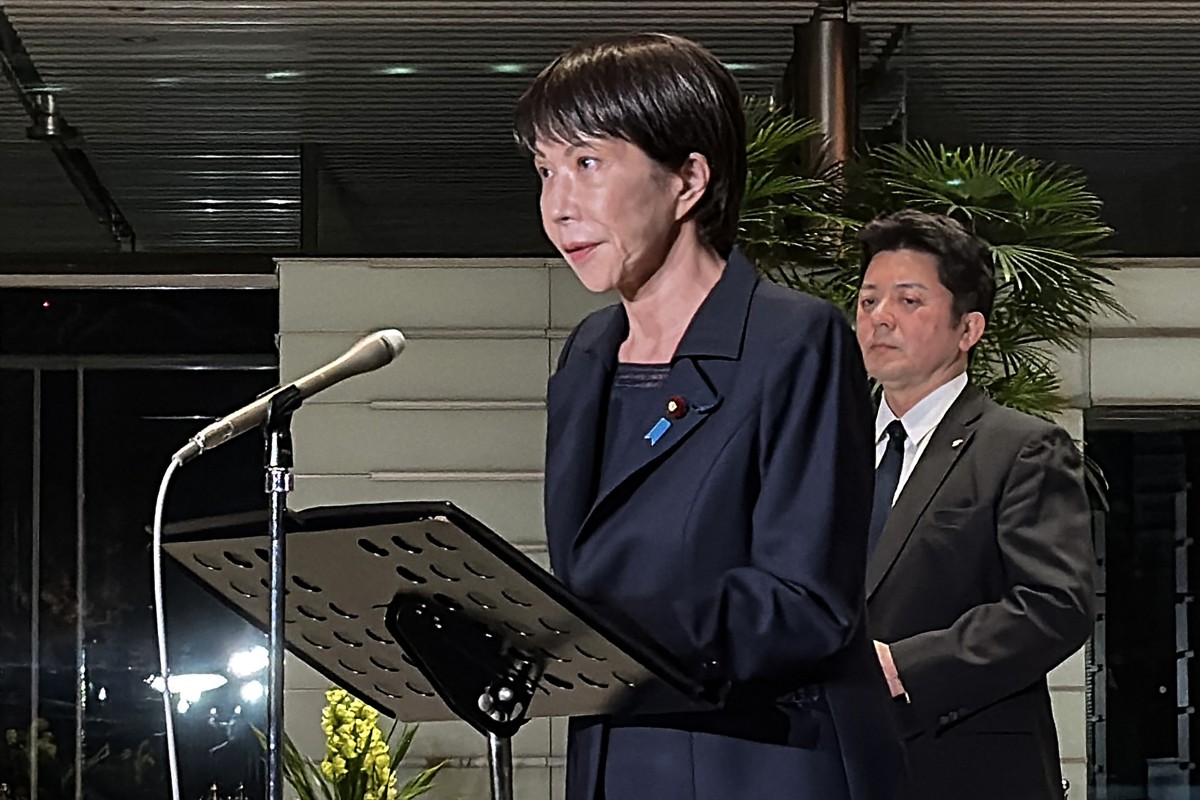
A powerful 7.6-magnitude earthquake struck Japan’s northern coast on Monday, triggering several tsunami waves of up to 70 centimeters, authorities said. The tsunami alert was lifted in the early hours of Tuesday.
According to the U.S. Geological Survey (USGS), the quake occurred at 11:15 p.m. local time (14:15 GMT) off the coast of Misawa, at a depth of 53 kilometers. Japan’s Meteorological Agency (JMA) immediately issued a tsunami warning. The first wave reached a port in Aomori Prefecture at 11:43 p.m. (14:43 GMT), followed by others measuring up to 70 centimeters.
Public broadcaster NHK reported that an employee at a hotel in the city of Hachinohe confirmed that several people were injured. Live footage showed shattered glass scattered across roads, while many residents evacuated to the city hall seeking shelter.
The strong tremor was also felt in Sapporo, where emergency alerts were sent to residents’ mobile phones. A reporter in Hokkaido described a horizontal shaking that lasted around 30 seconds, making it difficult to stay standing.
Before the alert was lifted, the JMA had warned of the possibility of tsunami waves up to three meters high along Japan’s Pacific coast. Government spokesperson Minoru Kihara urged residents to remain in safe areas until the warning was officially lifted.
-
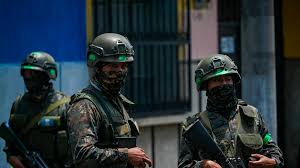
 Central America2 days ago
Central America2 days agoGuatemalan soldier wounded in clash with suspected mexican armed group near border
-
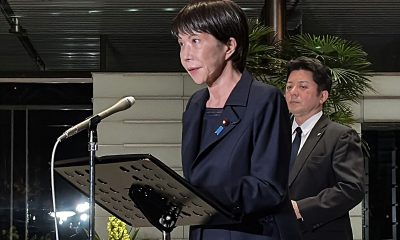
 International2 days ago
International2 days agoJapan lifts tsunami alert after strong 7.6-magnitude earthquake hits northern coast
-
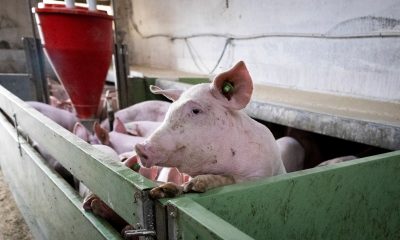
 International4 days ago
International4 days agoFive laboratories investigated in Spain over possible African Swine Fever leak
-

 Central America4 days ago
Central America4 days agoHonduras vote vount drags on as Asfura and Nasralla remain in technical tie
-
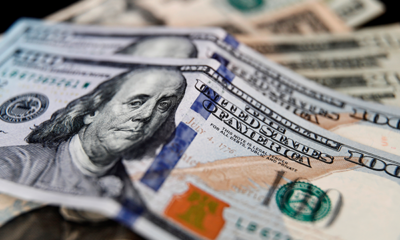
 Central America2 days ago
Central America2 days agoGuatemala reverses asset seizures after judge replacement, benefiting ex-president and former ministers
-
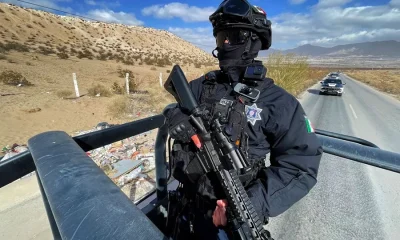
 Central America18 hours ago
Central America18 hours agoMexico and Guatemala launch joint security operation after Agua Zarca border attack
-

 International2 days ago
International2 days agoInterior Dept. redefines 2026 Patriotic Days, sparking criticism over removed civil rights holidays
-

 Central America18 hours ago
Central America18 hours agoHonduran University: Nullifying elections without proof of fraud undermines popular sovereignty
-

 Central America18 hours ago
Central America18 hours agoCNA director says Libre’s defeat stems from “lack of substance,” not messaging
-
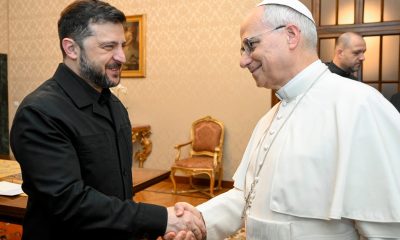
 International18 hours ago
International18 hours agoZelensky meets Pope Leo XIV as review of U.S. peace plan continues


























